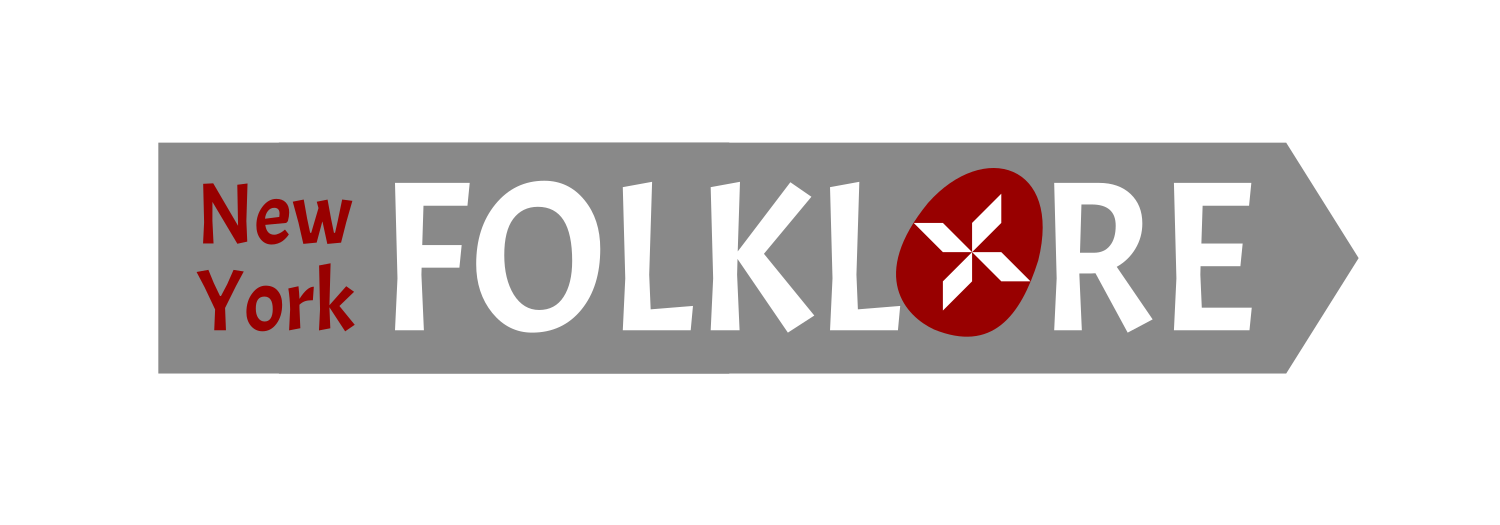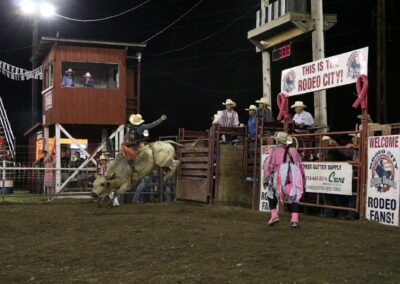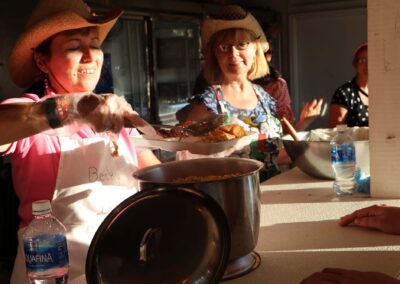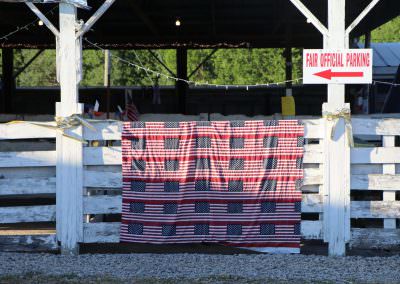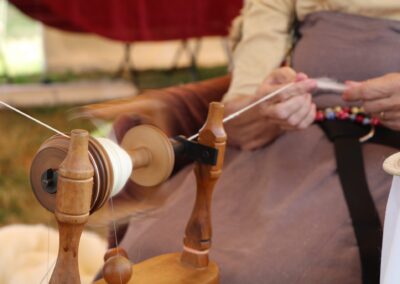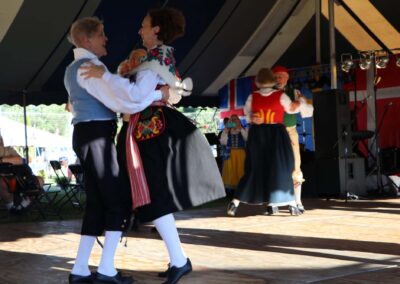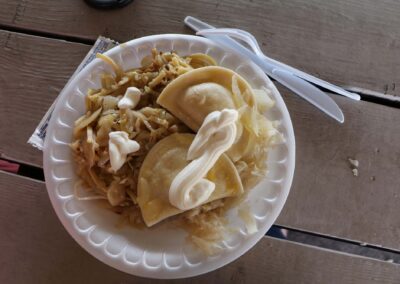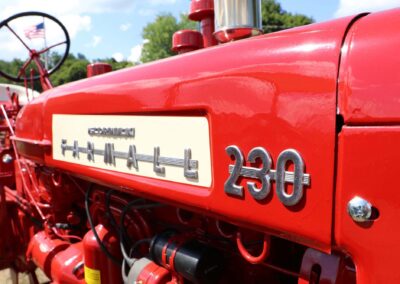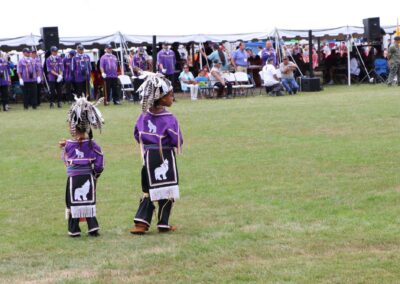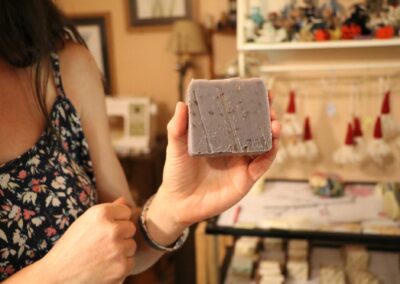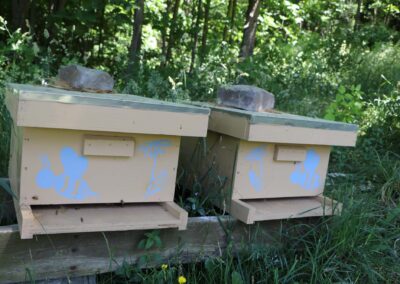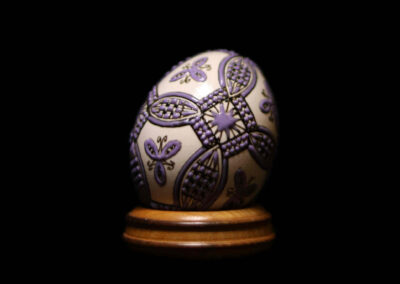Folklore and folk arts are the essential ways of communicating heritage. Every group of people that shares a sense of identity shares folklore as part of that identity. Folklore is a way that people comment upon and creatively make sense of their shared experiences. Examples of folklore and folk culture in New York State include geographically localized traditions such as Adirondack fiddling, the traditional arts of specific populations such as African-American quilting or Karen weaving from Myanmar, and urban expressions such as hip hop style in clothing and performance.
Folklore’s dynamic is in the way you cook, the way you clothe yourself, and how you celebrate your favorite holiday. Folklore and folk arts expressions are so diverse that they may seem unrelated, but they’re all tied together by the way that they are transmitted orally or through example, and the importance that they have for the preservation of culture and heritage within communities.
Folklore is a wide-ranging subject that has supported an entire field of academic study. There are many definitions of folklore. Here’s one definition that works for us at New York Folklore:
Folklore: “Traditions that are passed down from one person to another, often by word of mouth or informal mentoring. Folklore often has a historical dimension, but it also includes the passing of current traditions that are emerging all the time.”
Pysanky (Ukrainian Easter Eggs) “writers,” and Mohawk basketmakers learn their craft by interacting face-to-face with experienced folk artists. Regional dance traditions and occupational slang evolved naturally within small communities. Your grandmother probably learned pie making from her mother, or from someone in her community, rather than a recipe book. Folklore is art, craft, knowledge, and practices that are learned firsthand rather than from reading or from studying art within a school setting. Folklore and folk arts reflect a group’s idea of what is beautiful or important to maintain, rather than focusing on an individual’s own artistic statement and mission. However, within an established canon, folk artists are masterful and innovative, using the cultural materials at hand to craft their own expressions within the canon. Even though folklore often has roots in the past, it is contemporary and of today’s world. Folklore and folk art includes live music and dancing, recent craft, fresh recipes, and recent phrases that are very much a part of our collective stories today.
Where can you find information about the traditions that are embedded within your regional community?
Several folk culture programs exist that highlight traditional arts and culture wherever they are found in New York State. New York Folklore collaborates closely with the following organizations:
Traditional Arts of Upstate New York (TAUNY) in Canton. https://tauny.org/
Folklife Center, Crandall Public Library, Glens Falls https://www.crandalllibrary.org/folklife-center/about/
Glow Traditions (Genesee, Livingston, Orleans, Wyoming). https://goart.org/programming/glowtraditions/
Castellani Art Museum of Niagara University, Niagara http://www.castellaniartmuseum.org/folk-arts/
Flower City Folk, Rochester https://www.flowercityfolk.org/
Arts Council of the Southern Finger Lakes, Corning https://www.earts.org/programs/folk-arts-2/
Catskills Folk Connection, Roxbury http://catskillsfolkconnection.blogspot.com/
Arts Mid-Hudson, Poughkeepsie. https://www.artsmidhudson.org/folk-arts
Arts Westchester, White Plains. https://artswestchester.org/folk-arts/
Long Island Traditions, Port Washington. https://longislandtraditions.org/
City Lore, Inc., Manhattan. https://citylore.org/
Center for Traditional Music and Dance, Manhattan. https://ctmd.org/
Association for Cultural Equity, Manhattan. https://www.culturalequity.org/
There are many, many more community based organizations in New York State that are focused on a particular art form, region, or place of origin. Please contact us for further information!
